De Dion Bouton, An Illustrated Guide to Type & Specification 1905–1914
“There were additional challenges facing De Dion-Bouton, and every other vehicle manufacturer in France, at the end of 1904: should the focus be on petrol, steam, or electric vehicles, and which option would be best suited to each customer segment?”
De Dion-Bouton was, for a time, the world’s largest automobile manufacturer, enjoying a solid reputation and building cars and engines under their own name as well as granting licenses to as many as 150 other makers. When they started, the automobile was still in its infancy and De Dion-Bouton was quite the innovator in those days of rapid change. In fact, no other maker offered as many different engine configurations and types of cars—and this diversification may well have been the company’s downfall.
If you are new to the world of De Dion-Bouton, start this book by taking a look at the 1905–1914 Type Summary chart. On its own, it is . . . bewildering. The whole system of applying for a “Type” designation, that may or may not be granted, is a peculiarity of the times, especially considering that, for this maker, the difference between one Type and another can be as small as a single different component. Author Edwards uses the Type Sequence as the key for his breakdown of each model’s characteristics and core components.
To appreciate the pace of development consider that Volume I (1899–1904) which dealt with the single- and twin-cylinder Types included 16 Types whereas this 2nd volume covers 82 Types in four different cylinder configurations! It only complicates matters to know that not all Types were documented in period with equal fervor by the maker, or that some Types have survived in only small numbers.
With all these caveats in mind one can properly gauge the scope of the author’s inquiry, and postulate that it is the most thorough, far-reaching treatment of the subject. Indeed Edwards has left no stone unturned. As Secretary of the De Dion-Bouton club in the UK (DDBUK) and an activist on various prewar fora he is singularly well connected and a look at the Acknowledgements pages reveals all the big names in the Vintageant world.
If you consider that the only 250-odd members of the DDBUK own several hundred cars among them you’ll see that interest in this marque is isolated but intense. A book as specialized as this is probably not going to make any more converts among general-interest readers but it will certainly be an essential resource to owners, restorers, and traders. That said, absolutely anyone with a mind for engineering principles will get something out of this book because Edwards delves deep into why and how things work. It is one thing to dissect components on the bench and quite another to be able to write about it with both precision and brevity. Edwards obviously does both. The narrative is as fluid as the fact-laden exposition allows—and it is uncommonly free of typos.
There is no Index, and, frankly, it is hard to imagine how it would serve a purpose in this type of book. The Table of Contents on its own is plenty useful. The book is prolifically illustrated, most of the period photos and tech drawings stemming from factory sources. Being printed in landscape format obviously lends itself particularly well to car imagery. While the captions are commendably thorough they do not state the year in which a photo was taken, which, in the case of the many “modern” photos, some of which clearly decades old, may well be a missed opportunity.
The many color illustrations are noteworthy for their realism and detail; they are by the author’s daughter who also designed the book.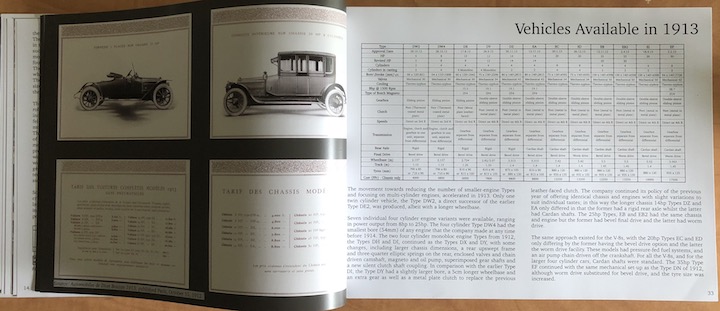
In every regard a fine, worthy book. That it was possible to hold the price this low is remarkable.
Copyright 2018, Sabu Advani (speedreaders.info)


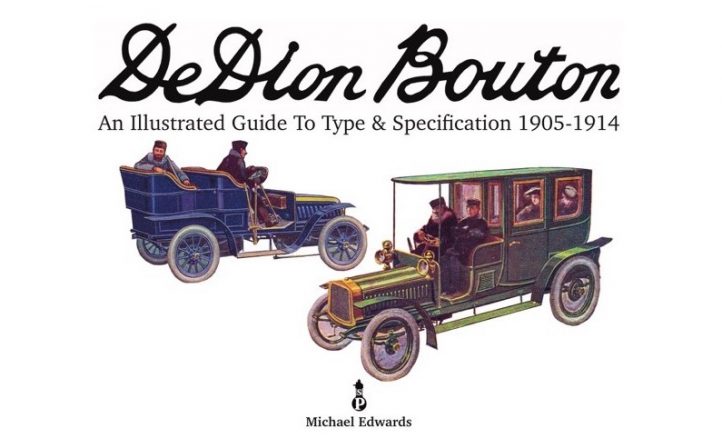
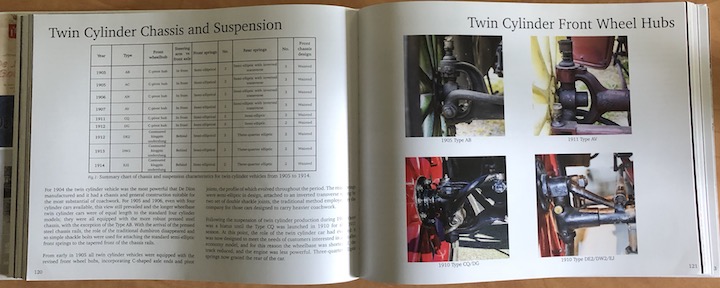
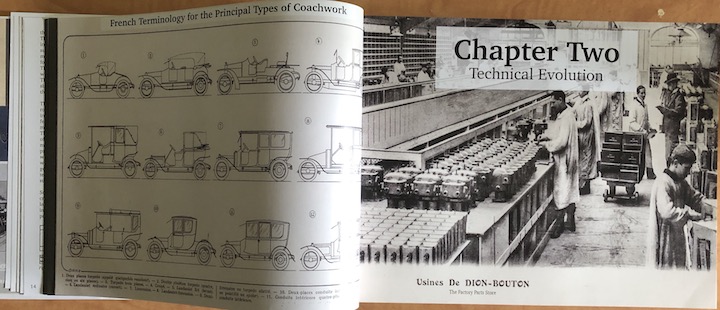
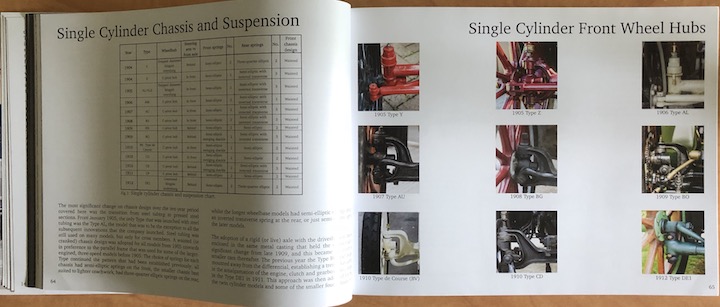
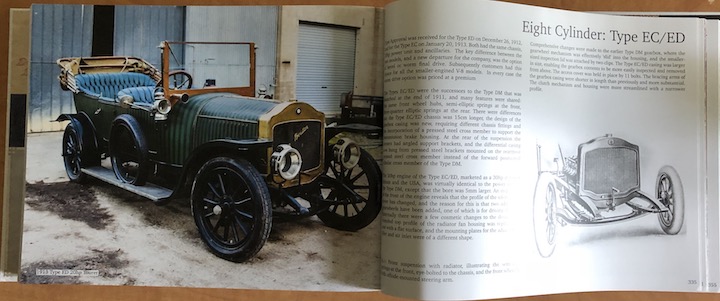
 RSS Feed - Comments
RSS Feed - Comments


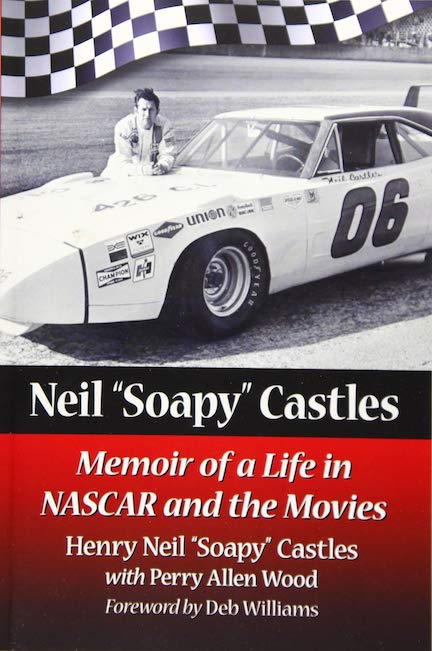

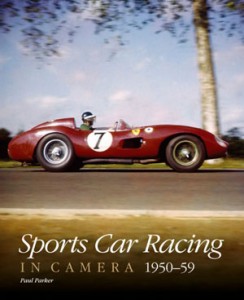
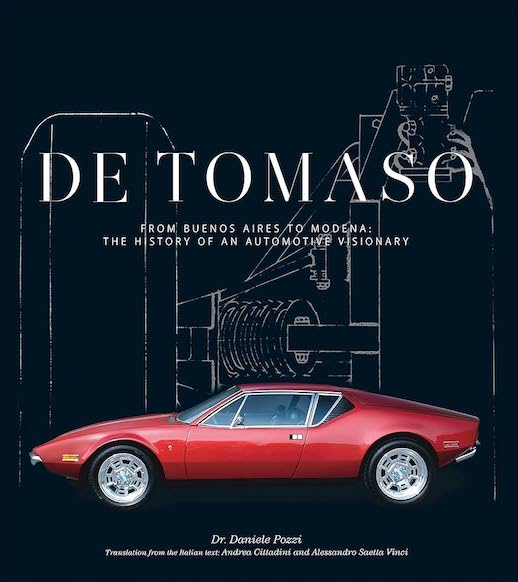




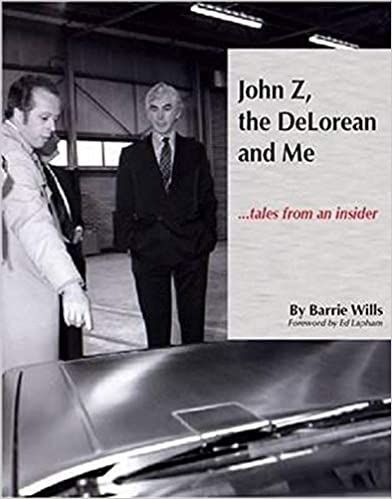

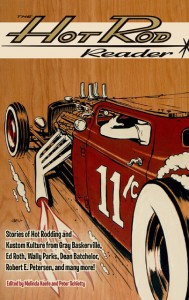
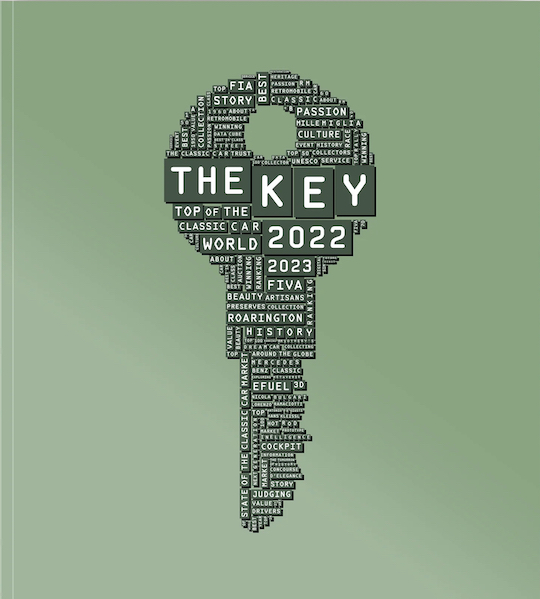
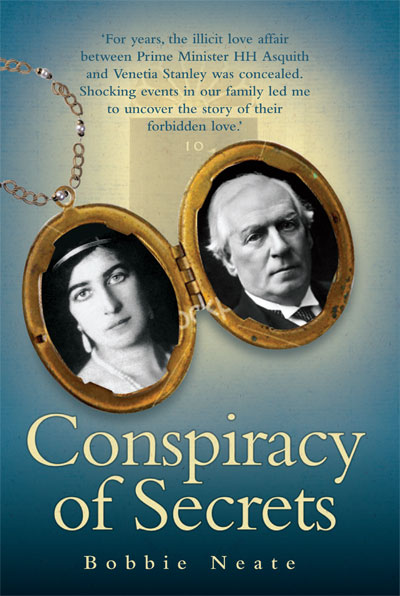
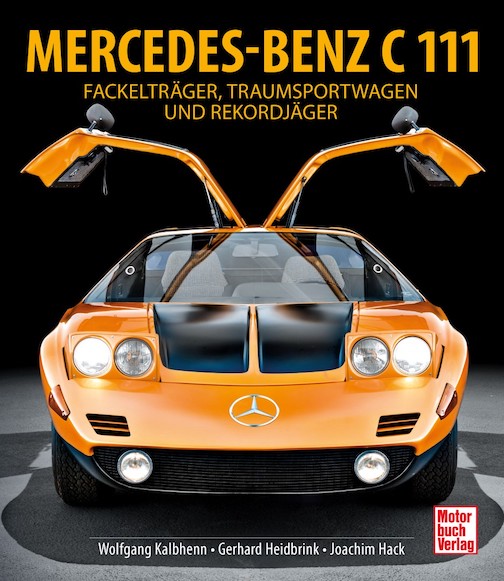

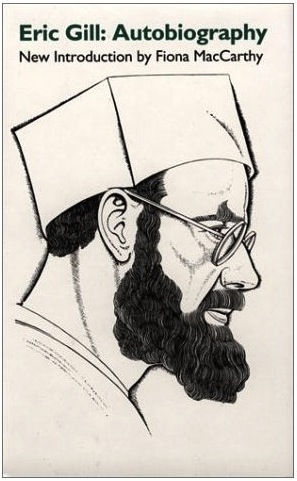

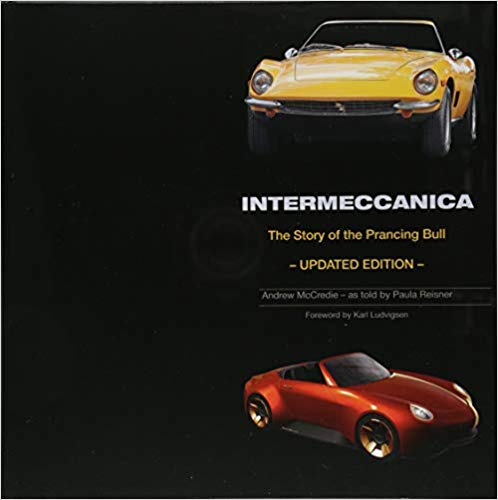
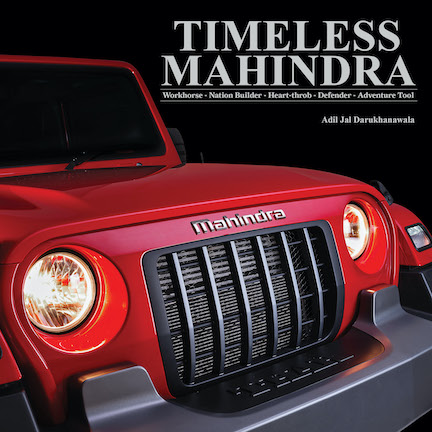
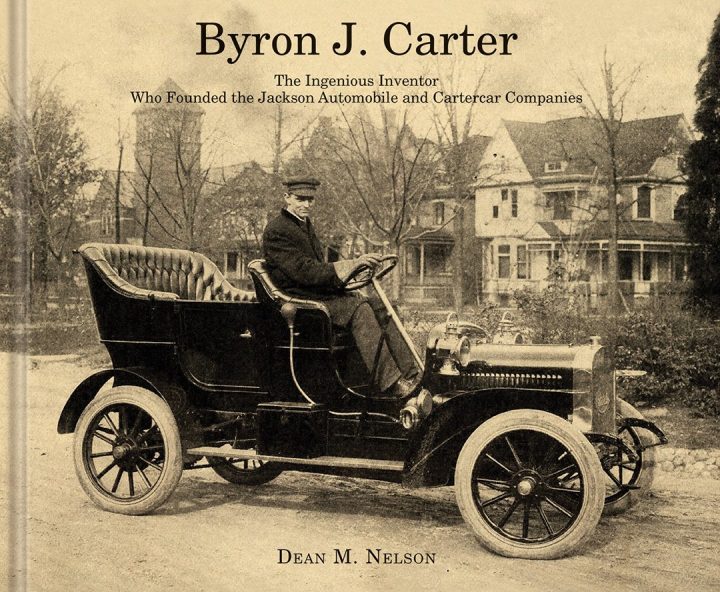
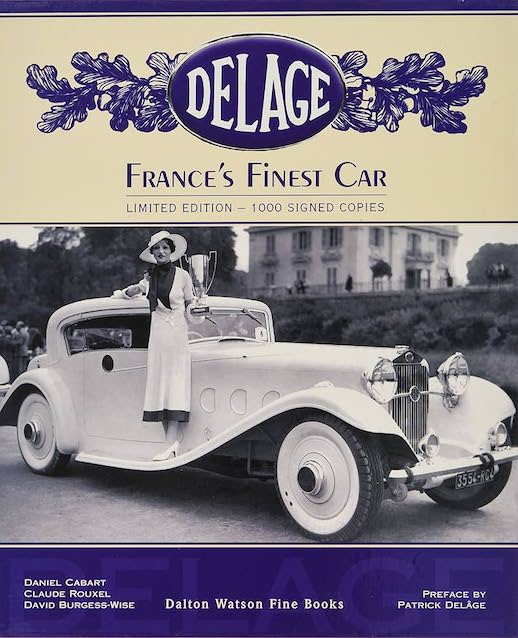


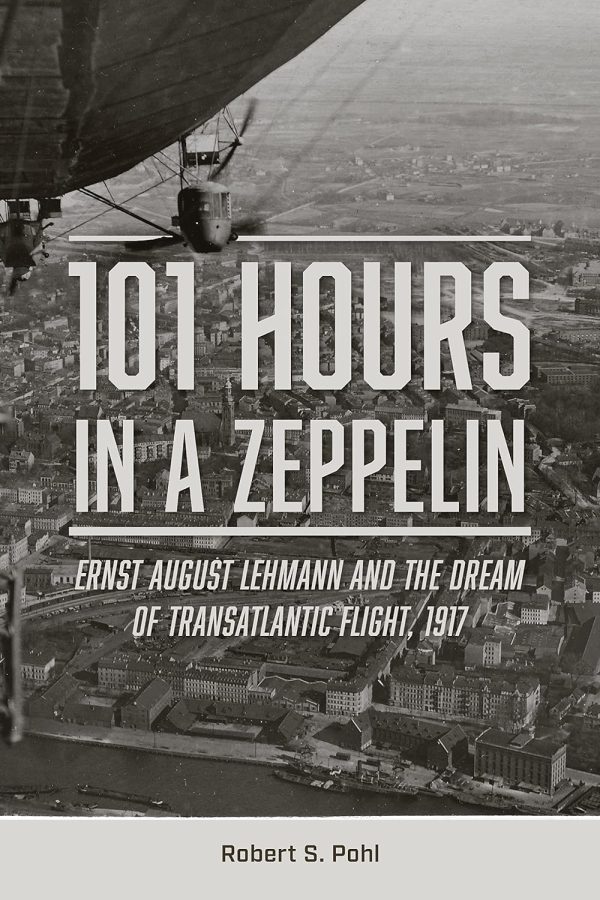


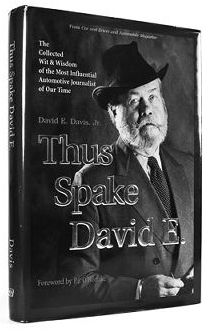
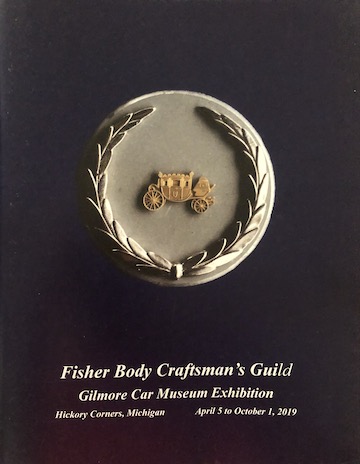
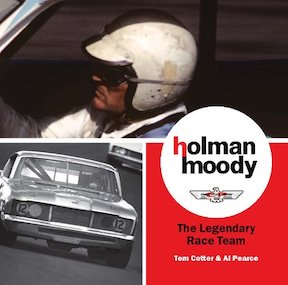
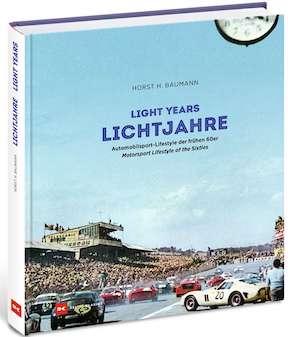
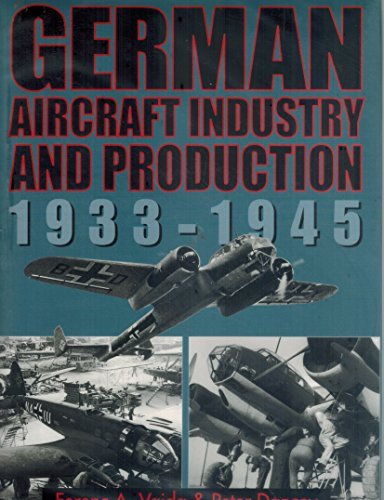
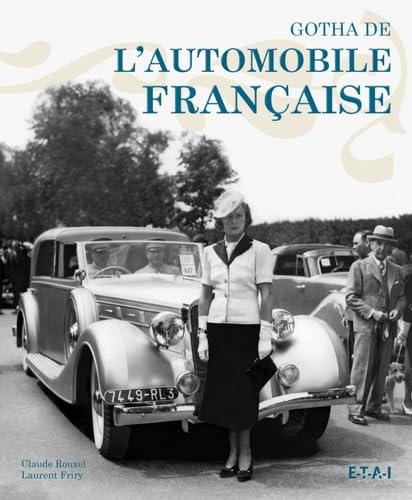
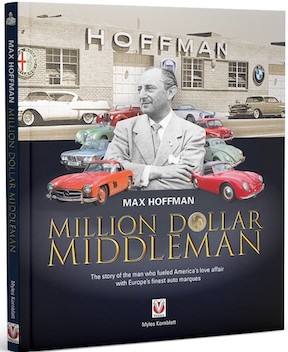
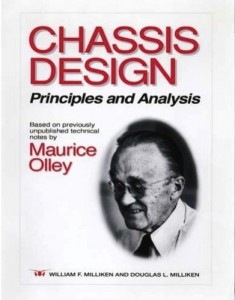
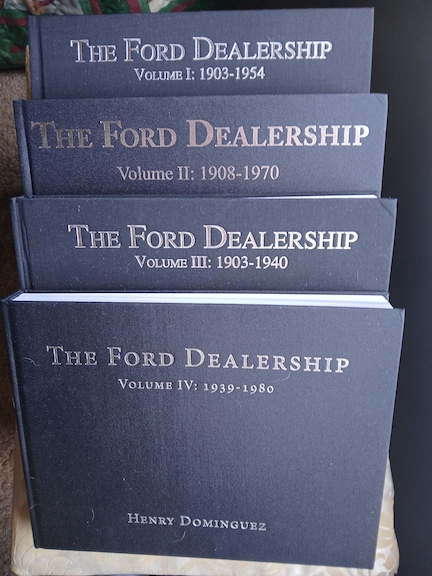
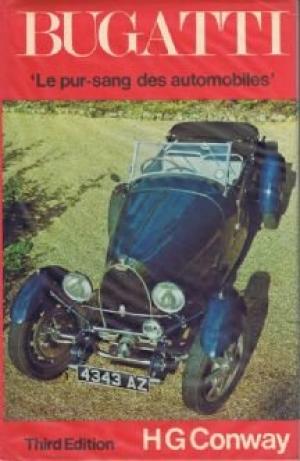

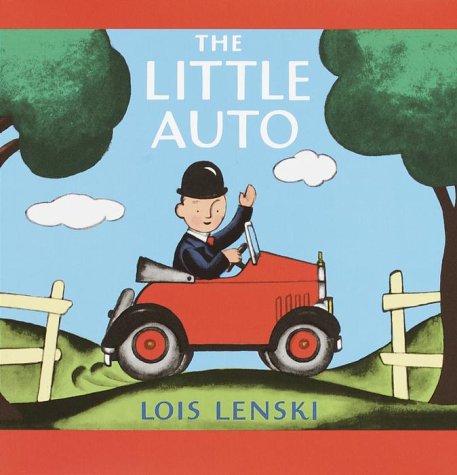



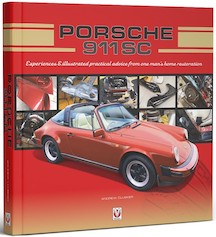
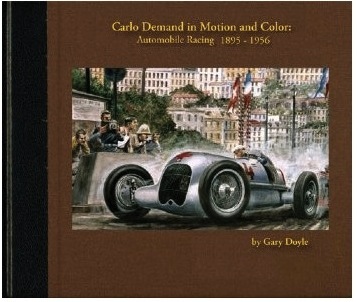

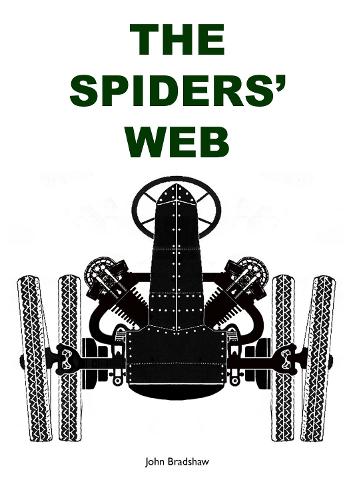
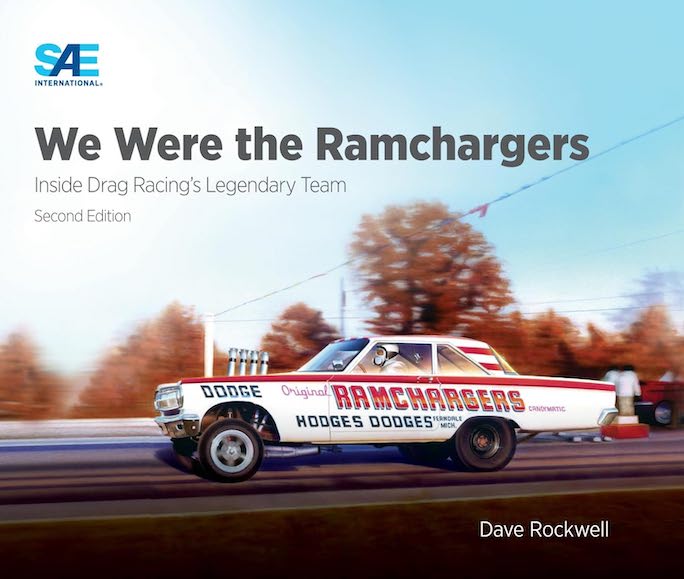
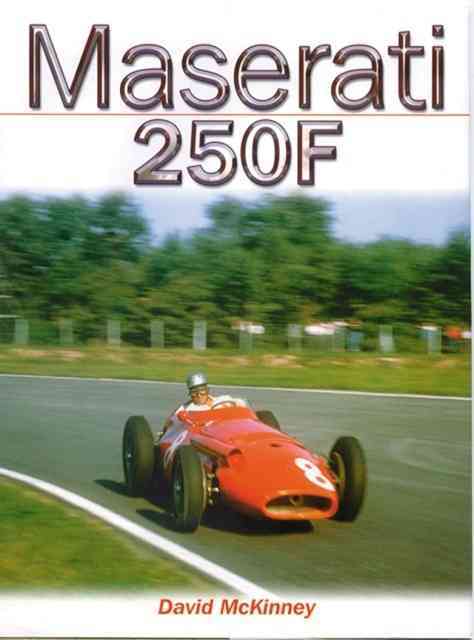



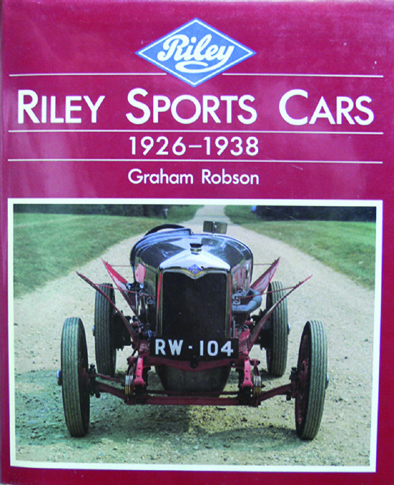
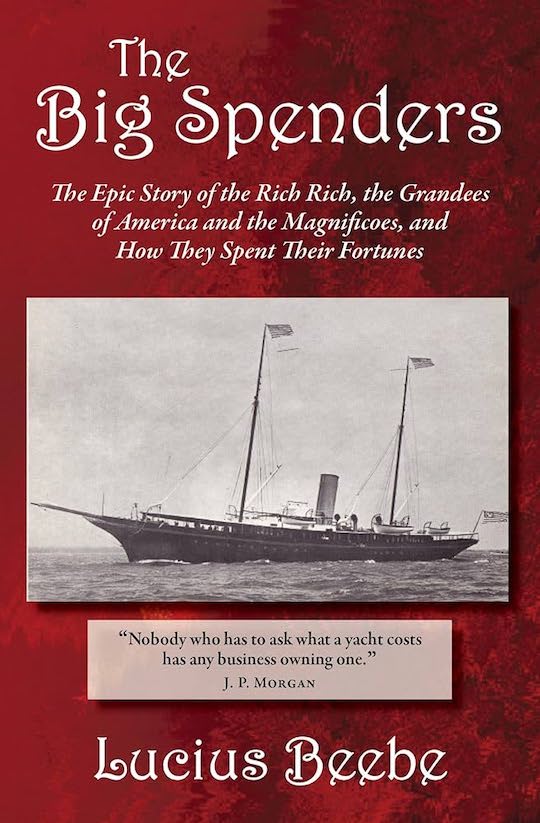
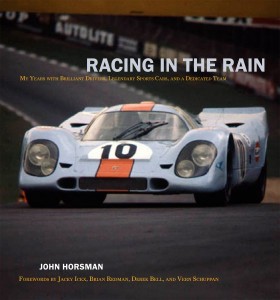

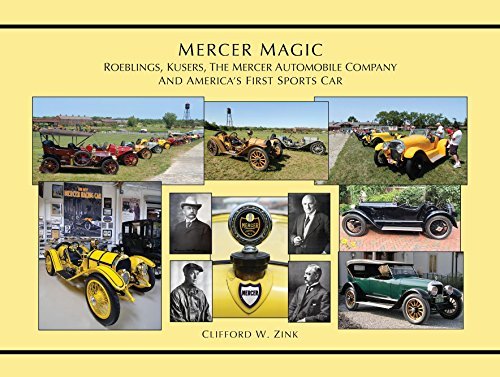
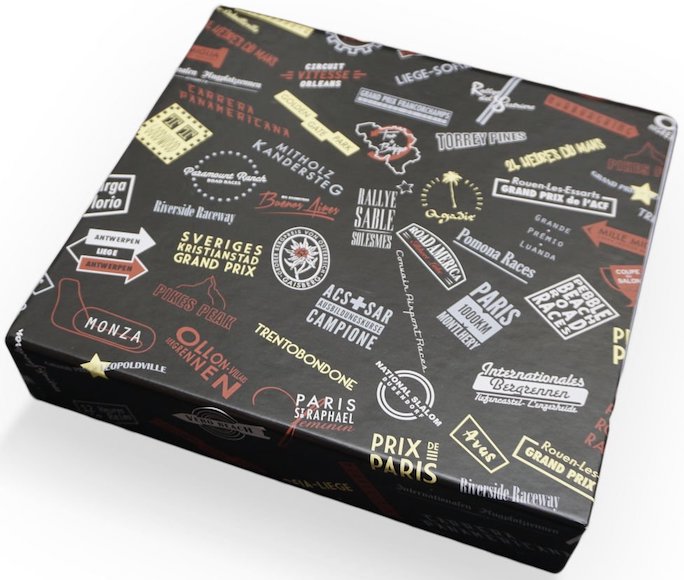

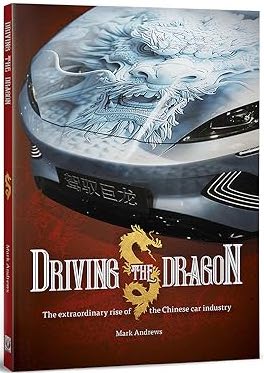
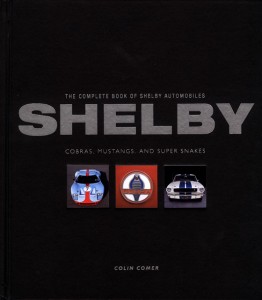
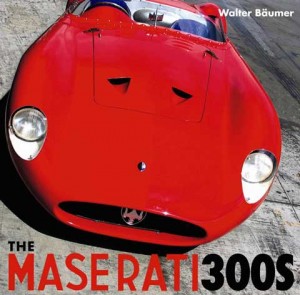
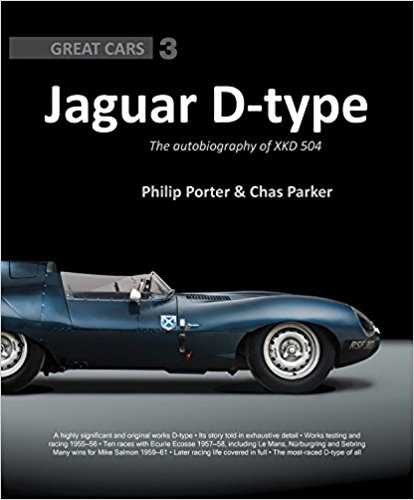





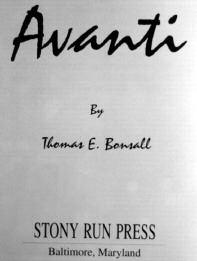

 Phone / Mail / Email
Phone / Mail / Email RSS Feed
RSS Feed Facebook
Facebook Twitter
Twitter